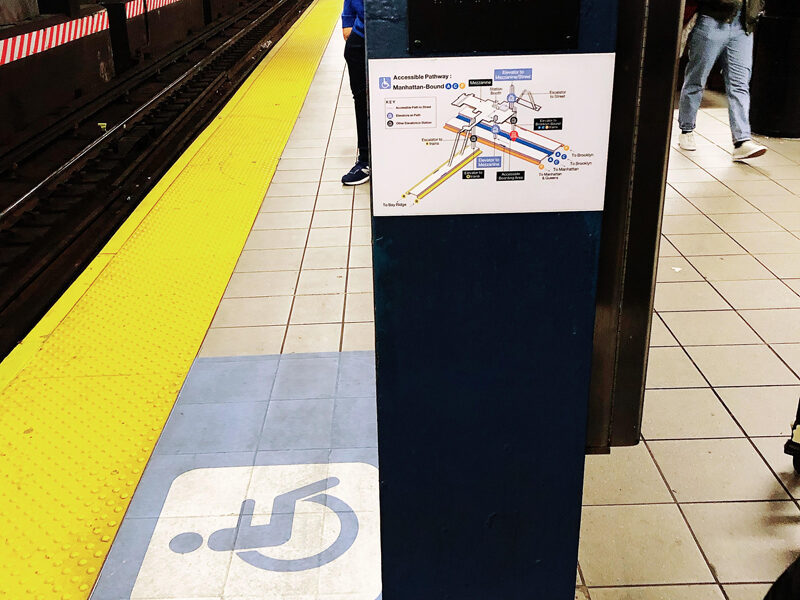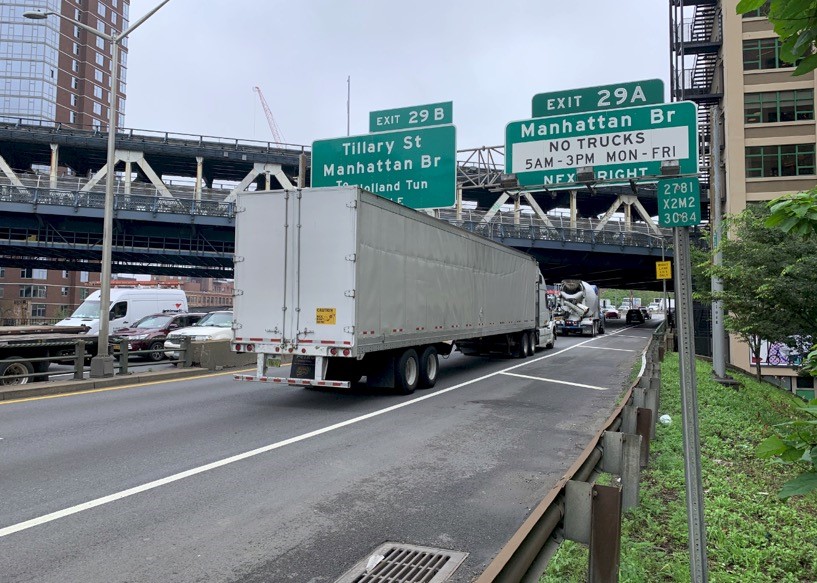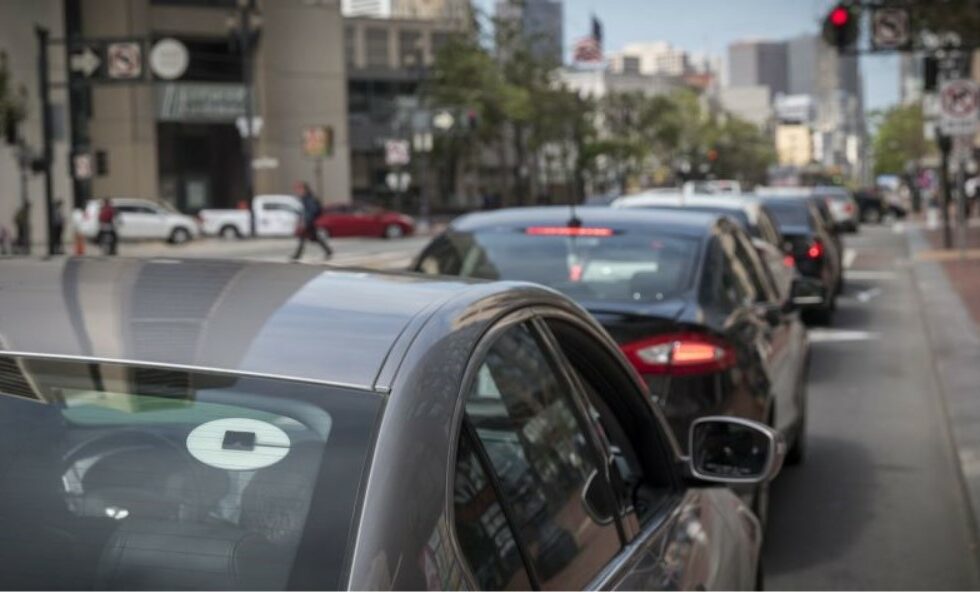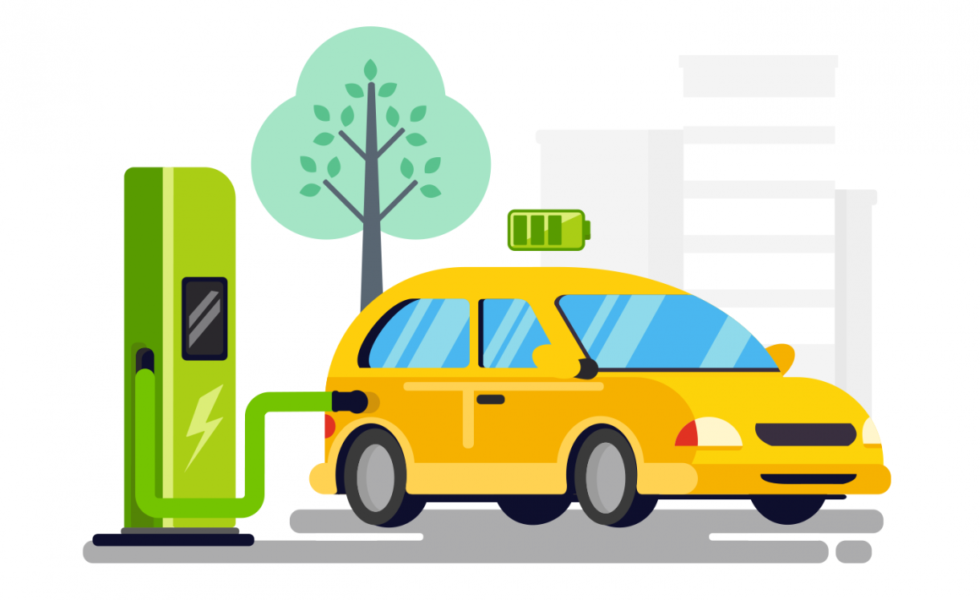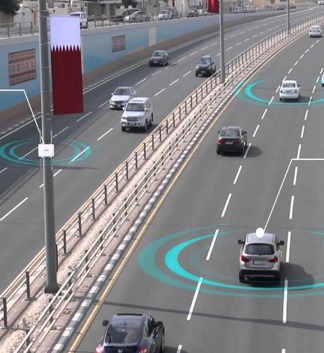Research on Concrete Applications for Sustainable Transportation (RE-CAST)
This project has many parts, and the NYU team is currently working with Rutgers on the RE-CAST 2D subproject. This subproject aims to test the bend strength of reinforced concrete that is repaired and strengthened using the four techniques: External Prestressing, Fiber-Reinforced Ferrocement Composite, Fiber-Reinforced Self Consolidating Concrete, and Fiber-Reinforced.




